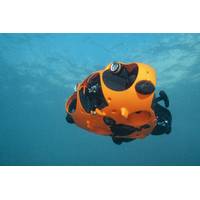
BV Uses ROV to Complete First Underwater Ship Survey
Testing, inspection and certification body Bureau Veritas (BV) said it has completed the proof of concept project for underwater remote surveys using the Seasam remotely operated underwater vehicle (ROV technology eco-system from Notilo Plus on a Corsica Linea car ferry Mediterranée. Efficient underwater inspection of shipping vessels is important for the industry as a substitute for docking surveys at agreed intervals or to inspect hull damage. BV has been evaluating opportunities to provide effective remote inspection services.Using the Seasam system as an alternative to the traditional
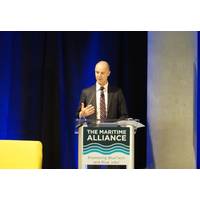
BlueTech Week: International Smart Collaboration in Focus
. The country, too, is a technological forerunner, particularly in the field of marine technology. Somdalen highlighted Norway’s “new wave of technological innovation,” including a number of world’s firsts, such as an offshore fish farm Ocean Farm 1; a fully electric car ferry Ampere; a designated test site for autonomous ships Tronheim; and a ballast-free, zero-emissions, electric container feeder ship Yara Birkeland that will operate autonomously. He also called attention to the country’s role in pioneering liquefied natural gas (LNG) fuel for ships, and spoke
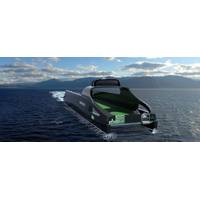
World First: Unmanned Autonomous Boat for Offshore Ops
of the Hrönn. Hrönn is expected to be built by Fjellstrand AS, a Norwegian shipyard with a long history of building state-of-the-art aluminium fast ferries in addition to a number of steel offshore vessels and aluminium work boats. As the builder of the world’s first battery driven car ferry, ‘Ampere’, Fjellstrand AS is well known for taking the lead in maritime innovation and green technology. “Fjellstrand AS has for years worked within the high-end development of new vessels. To design and build future ships with autonomic technology will be an exciting challenge
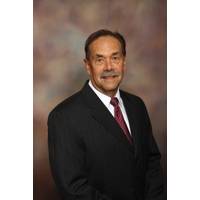
Raymond Lord President, Donjon-SMIT, LLC
us a little about your journey – marine salvage and business experience – that culminated in your current post as President of DonJon-SMIT. After 10 years as a commercial diver in the US Gulf of Mexico, I worked on my first Smit Salvage project in 1984 raising a sunken car ferry in Mazatlan, Mexico. At that moment, I left the oil field of Louisiana for the international world of salvage diving. Working through the ranks within SMIT gave me the opportunity to apply my extensive field experience to the many other business functions within the organization. From Safety, Quality
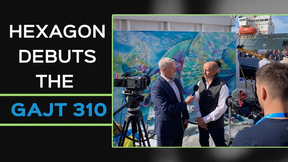
 February 2025
February 2025




